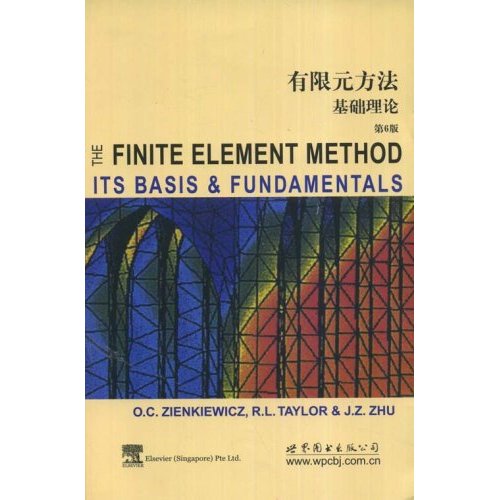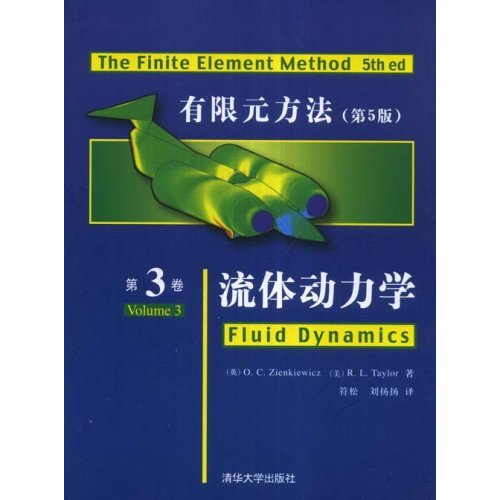内容简介
《有限元方法固体力学和结构力学(第6版)》is dedicated to our wives Helen and Mary Lou and our families for their support and patience during the preparation of this book,and also to all of our students and colleagues who over the years have contributed to our knowledge of the finite element method。 In particular we would like to mention Professor Eugenio Onate and his group at CIMNE for their help, encouragement and support during the preparation process。
编辑推荐
《有限元方法固体力学和结构力学(第6版)》由世界图书出版公司出版。
作者简介
作者:(英国)监凯维奇 (Zienkiewicz.O.C)
目录
1. General problems in solid mechanics and non-linearity
1.1 Introduction
1.2 Small deformation solid mechanics problems
1.3 Variational forms for non-linear elasticity
1.4 Weak forms of governing equations
1.5 Concluding remarks
References
2. Galerkin method of approximation - irreducible and mixed forms
2.1 Introduction
2.2 Finite element approximation - Galerkin method
2.3 Numerical integration - quadrature
2.4 Non-linear transient and steady-state problems
2.5 Boundary conditions: non-linear problems
2.6 Mixed or irreducible forms
2.7 Non-linear quasi-harmonic field problems
2.8 Typical examples of transient non-linear calculations
2.9 Concluding remarks
References
3. Solution of non-linear algebraic equations
3.1 Introduction
3.2 Iterative techniques
3.3 General remarks - incremental and rate methods
References
4. Inelastic and non-linear materials
4.1 Introduction
4.2 Viscoelasticity - history dependence of deformation
4.3 Classical time-independent plasticity theory
4.4 Computation of stress increments
4.5 Isotropic plasticity models
4.6 Generalized plasticity
4.7 Some examples of plastic computation
4.8 Basic formulation of creep problems
4.9 Viscoplasticity - a generalization
4.10 Some special problems of brittle materials
4.11 Non-uniqueness and localization in elasto-plastic deformations
4.12 Non-linear quasi-harmonic field problems
4.13 Concluding remarks
References
5. Geometrically non-linear problems - finite deformation
5.1 Introduction
5.2 Governing equations
5.3 Variational description for finite deformation
5.4 Two-dimensional forms
5.5 A three-field, mixed finite deformation formulation
5.6 A mixed-enhanced finite deformation formulation
5.7 Forces dependent on deformation - pressure loads
5.8 Concluding remarks
References
6. Material constitution for finite deformation
6.1 Introduction
6.2 Isotropic elasticity
6.3 Isotropic viscoelasticity
6.4 Plasticity models
6.5 Incremental formulations
6.6 Rate constitutive models
6.7 Numerical examples
6.8 Concluding remarks
References
7. Treatment of constraints - contact and tied interfaces
7.1 Introduction
7.2 Node-node contact: Hertzian contact
7.3 Tied interfaces
7.4 Node-surface contact
7.5 Surface-surface contact
7.6 Numerical examples
7.7 Concluding remarks
References
8. Pseudo-rigid and rigid-flexible bodies
8.1 Introduction
8.2 Pseudo-rigid motions
8.3 Rigid motions
8.4 Connecting a rigid body to a flexible body
8.5 Multibody coupling by joints
8.6 Numerical examples References
References
9. Discrete element methods
9.1 Introduction
9.2 Early DEM formulations
9.3 Contact detection
9.4 Contact constraints and boundary conditions
9.5 Block deformability
9.6 Time integration for discrete element methods
9.7 Associated discontinuous modelling methodologies
9.8 Unifying aspects of discrete element methods
9.9 Concluding remarks
References
10. Structural mechanics problems in one dimension - rods
10.1 Introduction
10.2 Governing equations
10.3 Weak (Gaierkin) forms for rods
10.4 Finite element solution: Euler-Bernoulli rods
10.5 Finite element solution: Timoshenko rods
10.6 Forms without rotation parameters
10.7 Moment resisting frames
10.8 Concluding remarks
References
11. Plate bending approximation: thin (Kirchhoff) plates and C1 continuity requirements
11.1 Introduction
11.2 The plate problem: thick and thin formulations
11.3 Rectangular element with corner nodes (12 degrees of freedom)
11.4 Quadrilateral and parallelogram elements
11.5 Triangular element with corner nodes (9 degrees of freedom)
11.6 Triangular element of the simplest form (6 degrees of freedom)
11.7 The patch test - an analytical requirement
11.8 Numerical examples
11.9 General remarks
11.10 Singular shape functions for the simple triangular element
11.11 An I8 degree-of-freedom triangular element with conforming shape functions
11.12 Compatible quadrilateral elements
11.13 Quasi-conforming elemems
11.14 Hermitian rectangle shape function
11.15 The 21 and 18 degree-of-freedom triangle
11.16 Mixed formulations - general remarks
11.17 Hybrid plate elements
11.18 Discrete Kirchhoff constraints
11.19 Rotation-free elements
11.20 Inelastic material behaviour
11.21 Concluding remarks - which elements?
References
12. 'Thick' Reissner-Mindlin plates - irreducible and mixed formulations
12.1 Introduction
12.2 The irreducible formulation - reduced integration
12.3 Mixed formulation for thick plates
12.4 The patch test for plate bending elements
12.5 Elements with discrete collocation constraints
12.6 Elements with rotational bubble or enhanced modes
12.7 Linked interpolation - an improvement of accuracy
12.8 Discrete 'exact' thin plate limit
12.9 Performance of various 'thick' plate elements - limitations of thin plate theory
12.10 Inelastic material behaviour
12.11 Concluding remarks-adaptive refinement
References
13. Shells as an assembly of flat elements
13.1 Introduction
13.2 Stiffness of a plane element in local coordinates
13.3 Transformation to global coordinates and assembly of elements
13.4 Local direction cosines
13.5 'Drilling' rotational stiffness - 6 degree-of-freedom assembly
13.6 Elements with mid-side slope connections only
13.7 Choice of element
13.8 Practical examples
References
14. Curved rods and axisymmetric shells
14.1 Introduction
14.2 Straight element
14.3 Curved elements
14.4 Independent slope——displacement interpolation with penalty functions (thick or thin shell formulations)
References
15. Shells as a special case of three-dimensional analysis - Reissner-Mindlin assumptions
15.1 Introduction
15.2 Shell element with displacement and rotation parameters
15.3 Special case of axisymmetric, curved, thick shells
15.4 Special case of thick plates
……
16. Semi-analytical finite element processes - use of orthogonal functions
17. Non-linear structural problems - large displacement and instability
18. Multiscale modelling
19. Computer procedures for finite element analysis
Appendix A Isoparametric finite element approximations
Appendix B Invariants of second-order tensors
Author index
Subject index
序言
It is thirty-eight years since the The Finite Element Method in
Structural and Continuum Mechanics was first published. This book, which
was the first dealing with the finite element method, provided the
basis from which many further developments occurred. The expanding
research and field of application of finite elements led to the second
edition in 1971, the third in 1977, the fourth as two volumes in 1989
and 1991 and the fifth as three volumes in 2000. The size of each of
these editions expanded geometrically (from 272 pages in 1967 to the
fifth edition of 1482 pages). This was necessary to do justice to a
rapidly expanding field of professional application and research. Even
so, much filtering of the contents was necessary to keep these editions
within reasonable bounds.
In the present edition we retain the three
volume format of the fifth edition but have decided not to pursue having
three contiguous volumes- rather we treat the whole work as an assembly
of three separate works. Each one is capable of being used without the
others and each one appeals perhaps to a different audience. Though
naturally we recommend the use of the whole ensemble to people wishing
to devote much of their time and study to the finite element method.
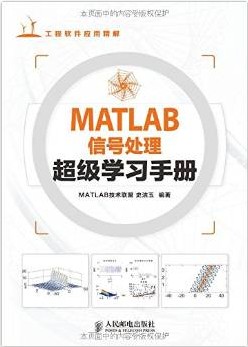
MATLAB信号处理超级学习手册
优惠价:58.7元
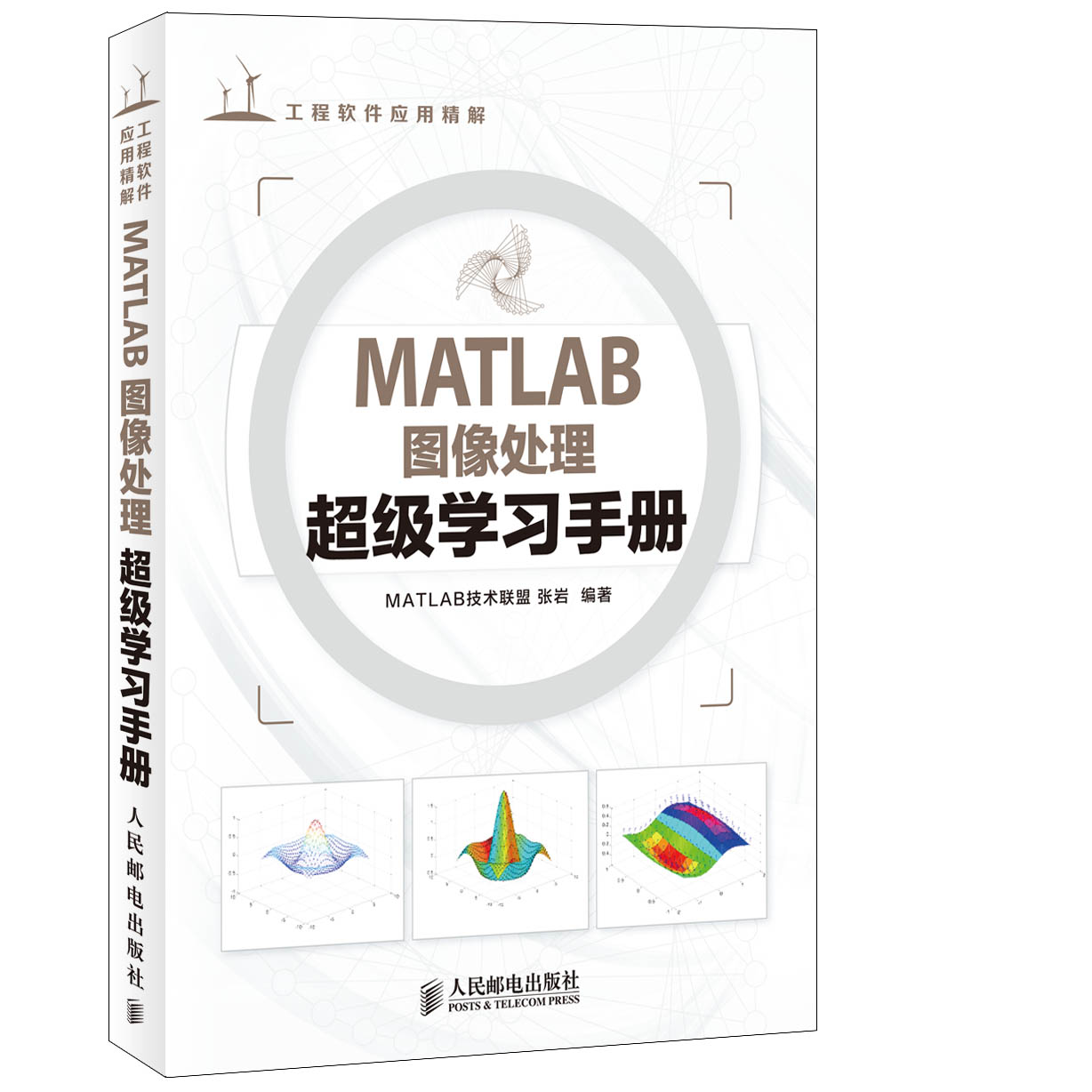
MATLAB图像处理超级学习手册 [平装]
优惠价:56元
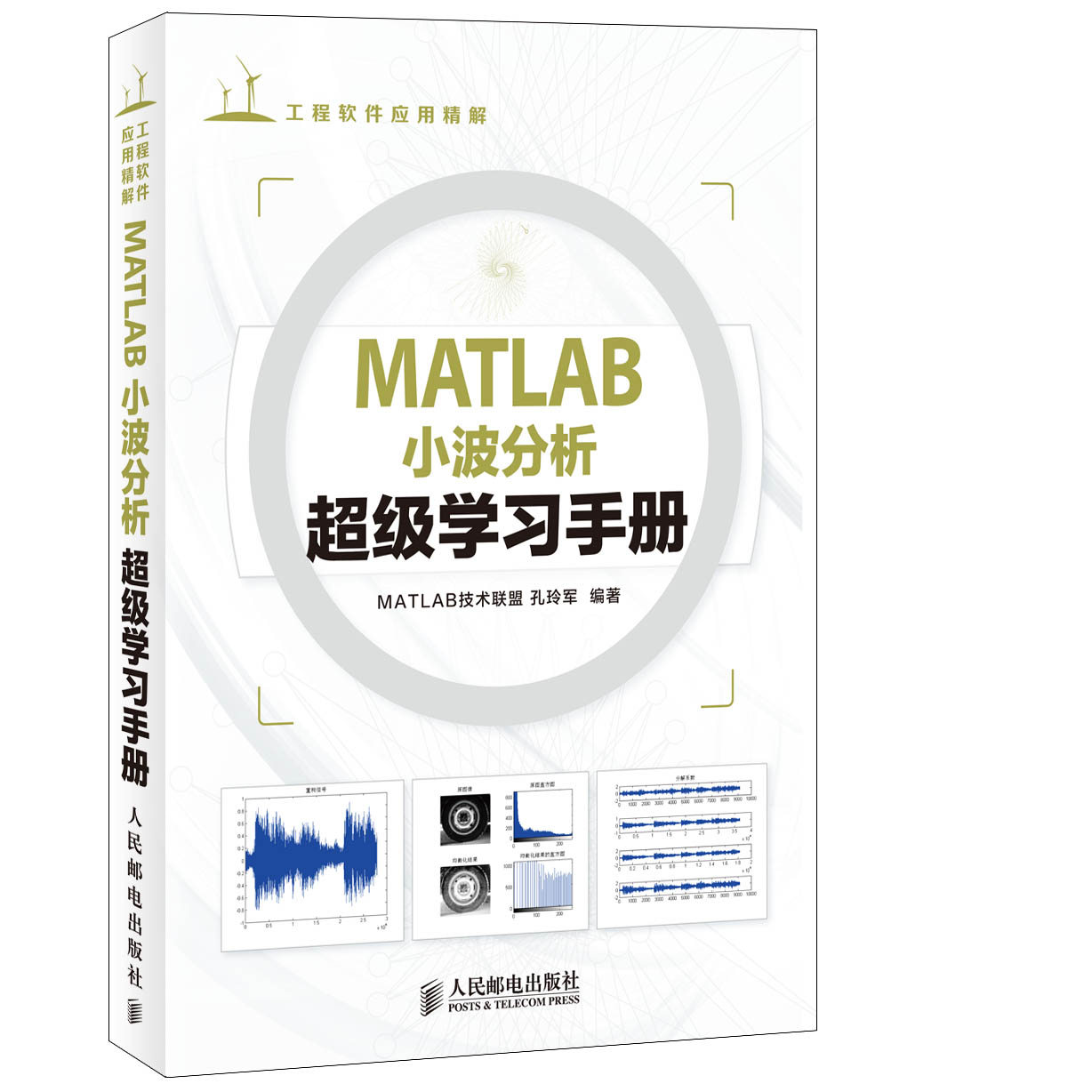
MATLAB小波分析超级学习手册 [平装]
优惠价:56元
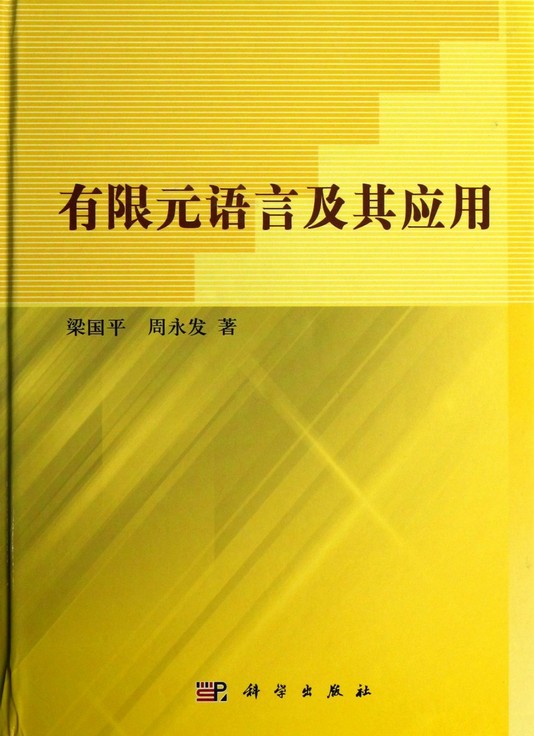
有限元语言及其应用 [精装]
优惠价:127.3元
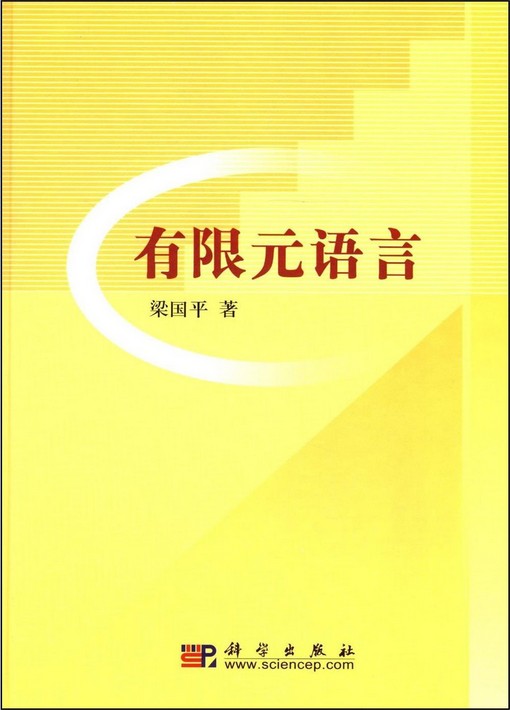
有限元语言
优惠价:27.3元
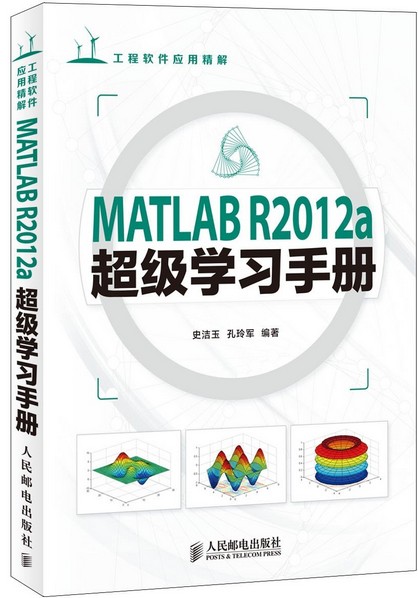
MATLAB R2012a超级学习手册 [平装]
优惠价:42.3元
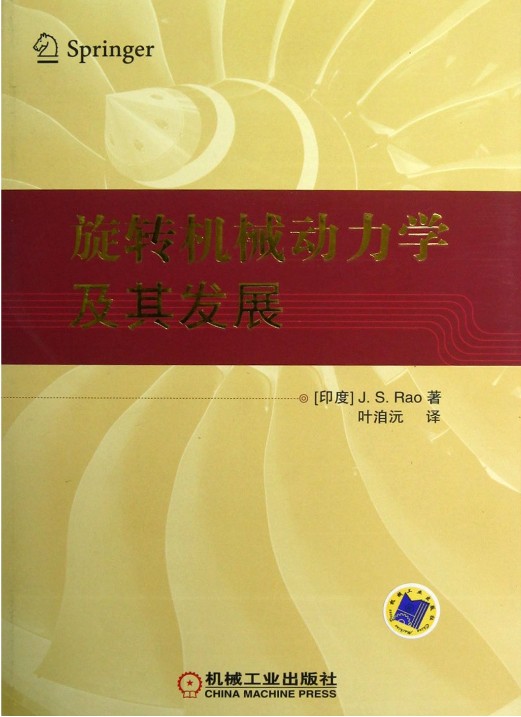
旋转机械动力学及其发展
优惠价:60元
机械CAE分析原理及工程实践
优惠价:18.8元
有限元方法基础论第6版 [平装]
优惠价:86.3元
有限元方法固体力学和结构力学(第6版) [平装]
优惠价:66.8元
有限元方法流体力学(第6版) [平装]
优惠价:55.9元
MATLAB信号处理超级学习手册
优惠价:58.7元
MATLAB图像处理超级学习手册 [平装]
优惠价:56元
MATLAB小波分析超级学习手册 [平装]
优惠价:56元
Zemax光学设计超级学习手册
优惠价:42.7元

![有限元方法固体力学和结构力学(第6版) [平装] 有限元方法固体力学和结构力学(第6版) [平装]](http://www.simwe.com/uploadfile/2011/0711/thumb_208_316_20110711024336868.jpg)
